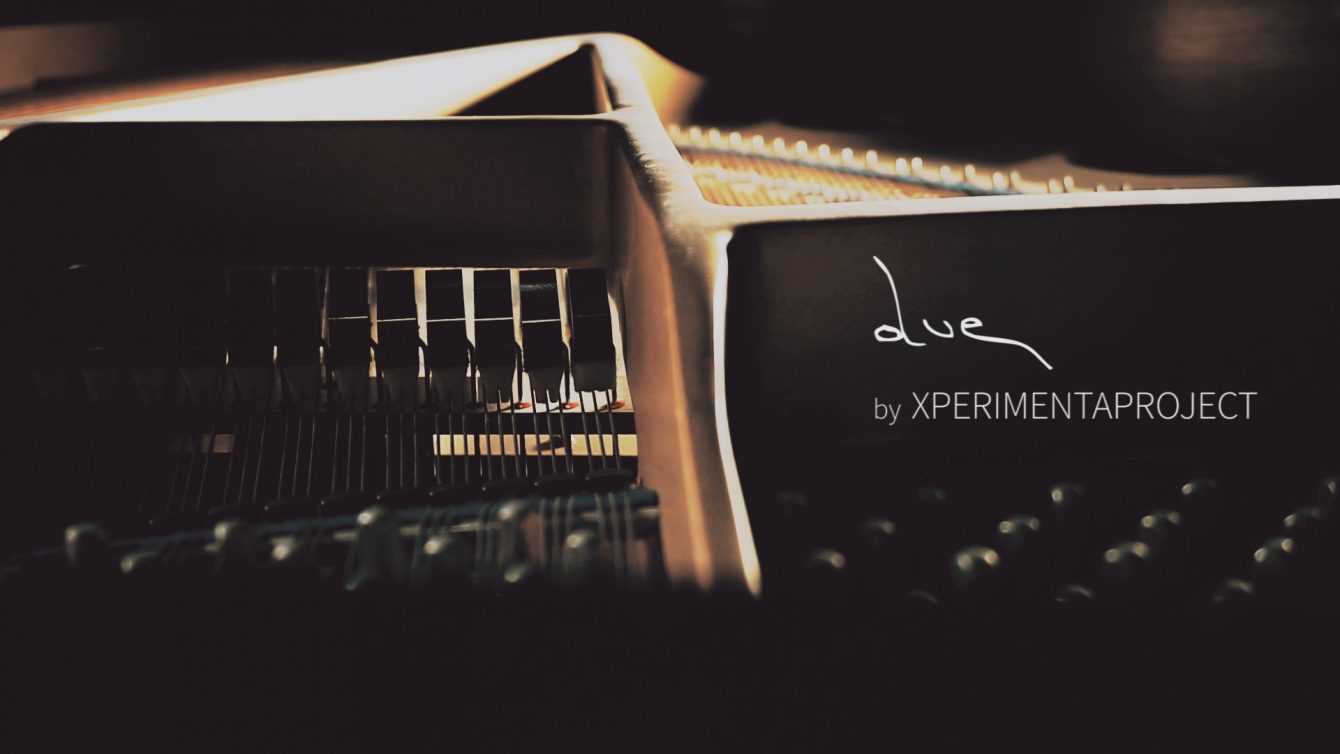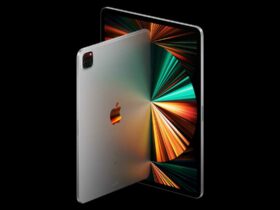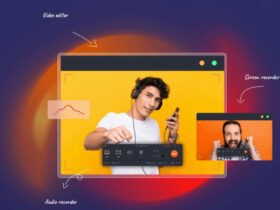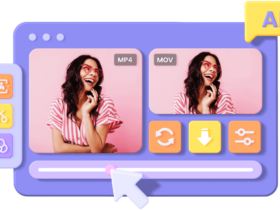We had the enormous pleasure and privilege of trying Xperimenta Due, the piano libraries for Kontakt made in Italy by Flavio Cangialosi, and this is our review
The ambitious project, carried out by the Italian Flavio Cangialosi, a student of the Saint Louis College of Music, was developed over five months and started as one research thesis. The registration phase, which took place at the Sibelius Academy di Helsinki, involved (in addition to hundreds of hours of work) two pianos: a C7 and a C3 Yamaha, with different mono and stereo shooting techniques. In the five months of development, the author was involved in all stages of production from recording, through mixing and editing, to graphics and techniques for simulating the acoustic phenomena of the instrument. In short, a mammoth work that, however, has brought more than enormous results. To know the details of these beautiful libraries for Kontakt, Let’s get to the heart of this review of the Xperimenta Due plan!
The interface of Due – Xperimenta Due review: the plan for Kontakt not to be missed
Opening the libraries for the first time, we notice that the interface of the First Floor (C7) and Second Floor (C3) it is almost identical. In addition to the graphics of the piano in question, we find 3 preset sliders that allow you to control the distance microphones from the instrument. The room reverb control and the parameter are in the same section Tone, which allows you to control a fixed cut EQ. At the bottom of the controls screen we find the section from which it is possible to customize the tool more thoroughly. In the section Sound we find the controls relating to the envelope, dynamics and balance of the spectrum. The section Mic allows you to change the distance more precisely, the pan and the WD (stereo front width) of the microphone configurations.
The section Effects allows you to adjust the acoustic characteristics of the room, dynamics and equalization as well as a particular section called Oldify. This section allows you to change the actual timbre of the piano “aging it”, thus allowing the user great freedom of customization. Finally, the section Settings allows you to change the settings relating to the noise and construction characteristics of the piano.
The production – Xperimenta Due review: the plans for Kontakt not to be missed
As already mentioned, Xperimenta Due includes (hence its name) two different pianos: a Yamaha C7 and a Yamaha C3, clearly with different construction and acoustic characteristics. During the recording phase, the developer recorded the two pianos separately but with the support of the Disklavier system, using the following configurations:
Primo piano, Yamaha C7, big recording room:
- Close AB 1 (DPA 4006)
- Close AB 2 (Neumann U87, Neumann U89)
- Close ORTF (Schoeps MSTC64)
- Close Bass (Neumann TML103)
- Player AB (C414 XLS)
- Room AB (Gefell M930)
Secondo piano, Yamaha C3, small recording Room
- Close AB 1 (DPA 4006)
- Close ORTF (Schoeps MSTC64)
- Close Bass (Neumann TML103)
- Room AB (AudioTechnica 4047)
All lines are connected in a 16-channel Grace Design preamp. Subsequently, the recorded samples were subjected to a meticulous operation of editing, cleaning, cutting and finalizing. Once the “musical” part was over, Flavio devoted himself entirely to the programming and GUI, creating the real tool on Kontakt.
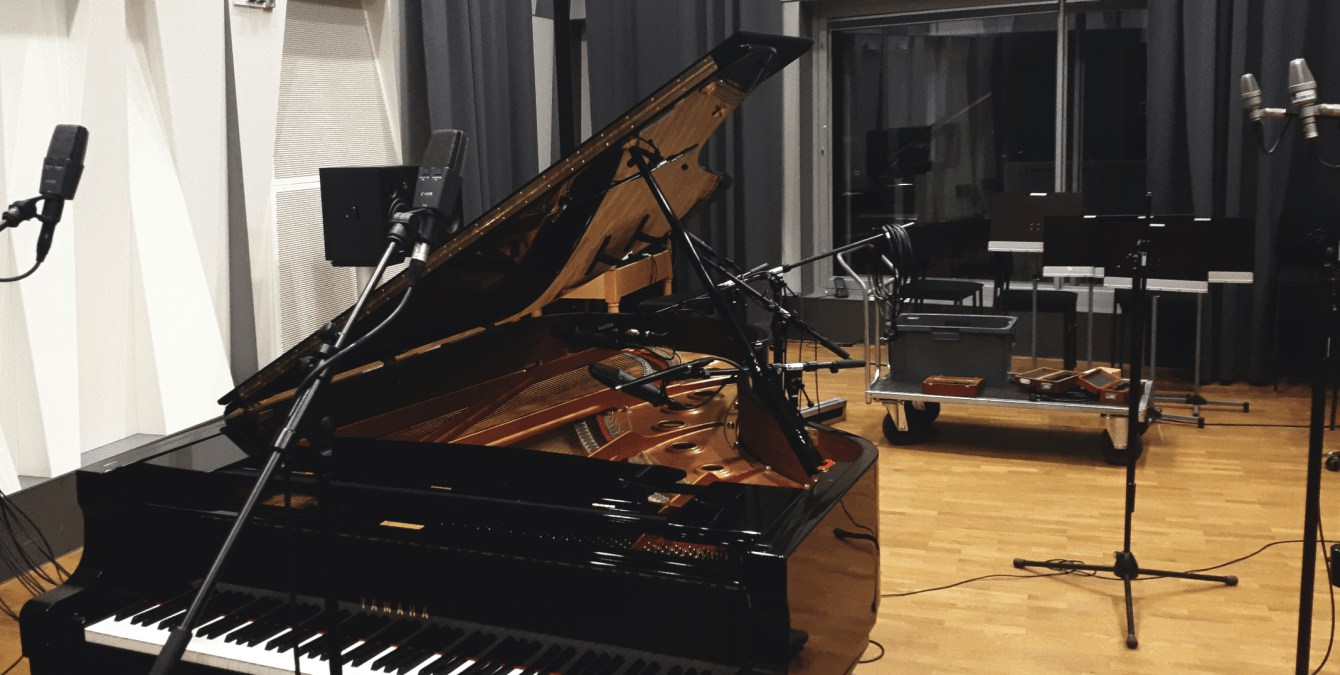
Okay, but how do they sound? – Xperimenta Due review: the plan for Kontakt not to be missed
The Xperimenta Due pianos they are really beautiful, albeit with their small defects (if you want to call them that). The First Piano, obtained from the sampling of the Yamaha C7, in its default configuration sounds really good, reflecting (for better or for worse) the constructive characteristics of the instrument. Sound is rich, detailed and the samples are really clean, even if there is an excessive resonance of the other frequencies. Nothing, all in all, that cannot be solved with a quick equalization or by changing the configuration and balance of the microphones.
The Second Piano, obtained instead from the sampling of the Yamaha C3, it is in our opinion the more beautiful of the two. This piano offers a harmonic richness superior to that heard by playing its big brother, as well as a denser and more convincing “sound paste”. Playing here and there with the essential parameters of the library, the result only improves, proving to be a library extremely versatile, as well as well done. To close the discourse “versatility”, a precious collection of presets that varies from the evergreen Honky Tonky to the most mainstream of Pop pianos, passing from a beautiful classical piano. We leave you, below, a short video demo of some of the RAW presets (without any additional processing or chain of effects besides the libraries).
The verdict
In conclusion, I would like to state that the Xperimenta Due libraries are among the most beautiful and versatile pianos I’ve ever tried. This does not mean that they are flawless: the excessive high frequencies of the First Piano make their use in that portion of the spectrum problematic, as well as making it slightly unbalanced. Let’s be clear, with some small changes the problem is completely eliminated, but we would like to have a lower brightness already by default.
Another small flaw is the question relating to the installation of libraries. Once installed you need to replace some files in the “root” folder of the library with a small fix, an operation that it could displace less navigated users. Here too there is a very simple guide attached to the library download, so nothing that compromises the final musical experience. The icing on the cake, the overall price of the package (including both pianos) is affordable and affordable for everyone. Absolutely recommended.
The Xperimenta Due pianos are available on the Xperimenta Project website, together with the technical requirements, at a price of € 129.00. We at TechGameWorld.com wish you a good fun with the Xperimenta libraries, and as always we remind you to stay connected on the site for further reviews, guides, news and much more. Hi!
Points in favor
- Great sound and cleanliness
- Extremely versatile
- Two pianos for the price of one
- Entirely Made in Italy project
Points against
- The installation might get a bit tricky
- First Piano a little too “shrill”







